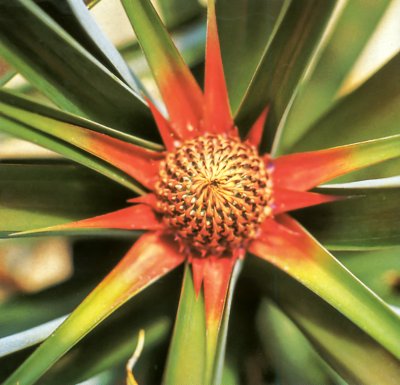Contributing Authors: Craig Atkins2; Yong-Ling Ruan1. 1University of Newcastle, Australia. 2School of Plant Biology, University of Western Australia
This Chapter is updated from a previous version written by John W Patrick, Ian Wardlaw and Tina Offler for Plants in Action 1st Edition.
A plant is a coordinated network of assimilatory regions (sources) linked to regions of resource utilisation (sinks). The phloem vascular system provides a path for assimilate transport from source to sink.
The phloem conduits distribute the sugars made in the leaves to growing tissues and organs that cannot carry out photosynthesis. These ‘sinks’ include shoot and root apices, flower buds, and developing fruit and seed.
Xylem conduits are responsible for delivery of water, inorganic nutrients and organic forms of nitrogen to transpiring leaves (Chapters 3 and 4).
Section 5.1 describes the pathway of the distribution of sugars made in chloroplasts, as well as nitrogen assimilates made in the leaves, to growing organs and other non-photosynthetic tissues. Section 5.2 describes the composition of phloem sap and how to collect it. Quantitative information is presented on the speed of phloem transport from sources to sinks, and the controls of long-distance transport.
Cellular and regulatory mechanisms of phloem loading in leaves are shown in Section 5.3, and mechanisms of phloem unloading at sinks in Section 5.4 with particular reference to developing seeds.
The focus of this chapter is on the transport of sugars. The transport of amino acids and other nitrogen-containing compounds is equally important, and the same general principles apply to nitrogen-containing or phosphorus-containing compounds that are synthesised in the leaf.

